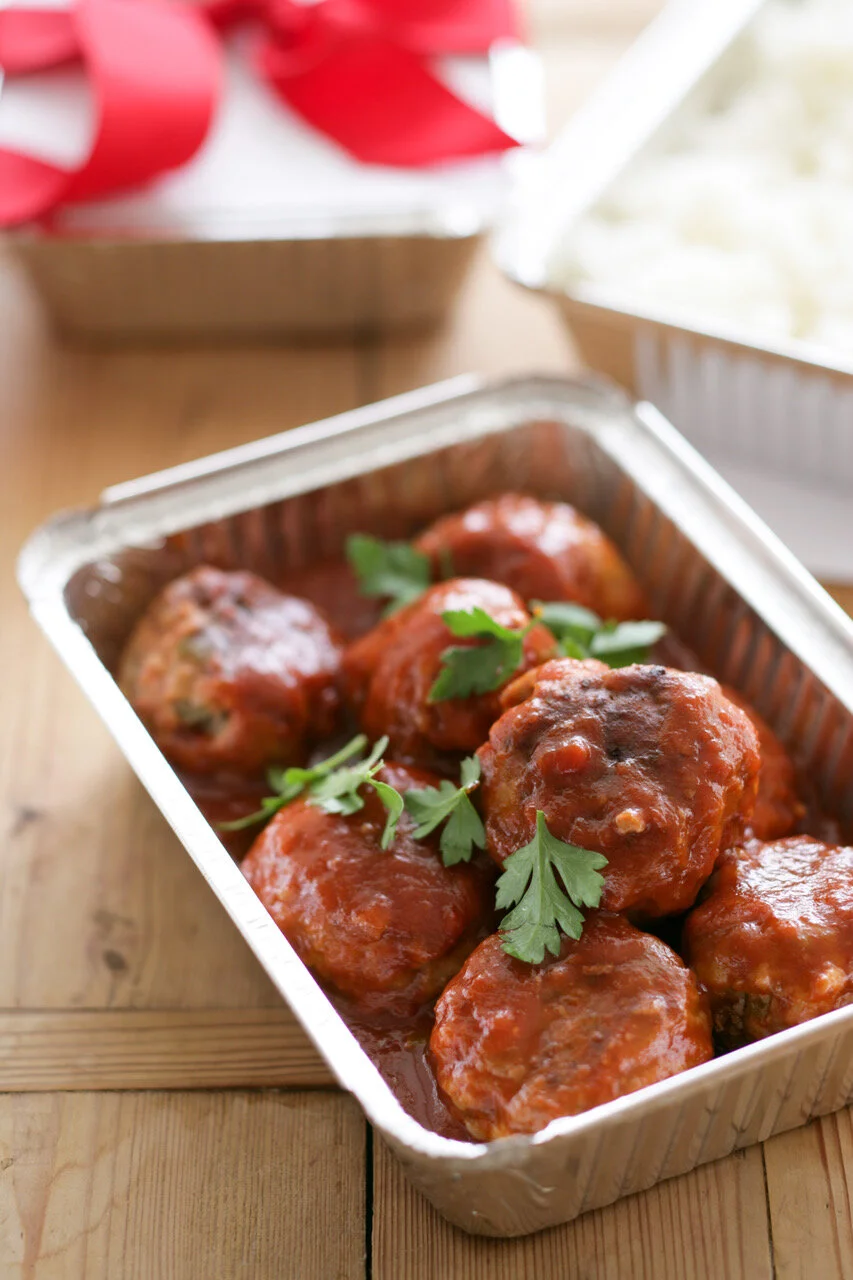An Asian twist on a classic, this chicken noodle soup is healthy and delicious.
250g dried egg noodles
1.5 lt chicken stock
1 tsp minced ginger
1 star anise
1 cinnamon stick
1 Tbsp palm sugar
1 Tbsp soy sauce
2 Lilydale chicken breast fillets
1 bunch Chinese broccoli, sliced
1 carrot, julienned
1 Lebanese cucumber, julienned
120g bean sprouts, trimmed
4 spring onions, finely sliced
12 chicken gyoza*
Handful coriander leaves to garnish
2 Tbsp crushed peanuts
Sriracha chilli sauce
1. Cook noodles according to packet instructions, then drain and rinse under cold water. Set aside.
2. Place stock in medium pot with ginger, star anise, cinnamon, palm sugar and soy. Bring to the boil.
3. Add chicken, reduce heat and gently cook for 5 minutes, until the chicken is cooked. Remove from pot and set aside. When cool enough to handle, shred into bite size pieces.
4. Add the Chinese broccoli and carrot to the stock and cook until just tender. Add the noodles and heat through gently. Return the chicken pieces to the pot.
5. Ladle the soup into serving bowls, top with chicken gyoza, garnish with cucumber, bean sprouts, spring onions, peanuts, sriracha sauce and fresh coriander.
Serves 4.
Chicken gyoza
500g Lilydale chicken mince
½ cup tinned water chestnuts, finely chopped
3 spring onions, finely chopped
2 tsp minced ginger
1 egg white
2 tsp salt
1⁄4 (quarter) tsp white pepper
250g packet fresh gyoza wrappers
1 Tbsp vegetable oil
½ cup chicken stock
*To make the gyoza, mix the chicken mince with the water chestnuts, spring onions, ginger, egg, salt and pepper. Fill the gyoza pastry, pleating the pastry along one edge, sealing the edges well with water. Heat a large shallow frypan with 1 tablespoon of oil and fry gyoza on one side until the pastry is golden. Reduce heat, add half a cup of the chicken stock, cover with lid and steam until liquid has evaporated. Check that filling is cooked.
Makes 28.
Extra gyoza can be frozen uncooked. Freeze in one layer on tray, then can be placed in freezer bags.




















